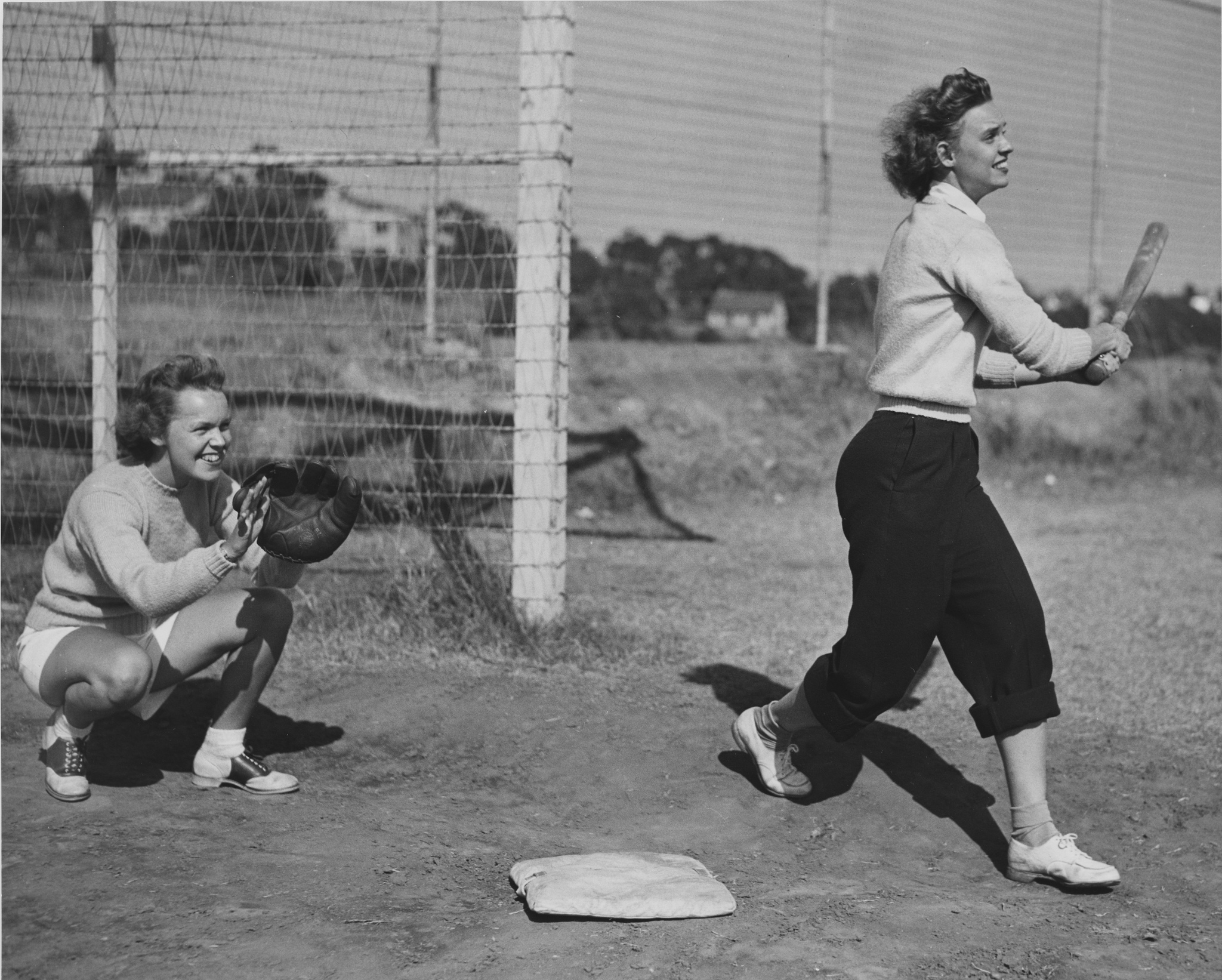Gladiators, Games, and Gold: The History and Evolution of Spectator Wagering
Discover the fascinating history of spectator wagering, from gladiator arenas in Ancient Rome to modern-day sports betting platforms. This deep dive explores how gambling evolved alongside entertainment, shaped by culture, politics, and economic motivations. Learn how early prediction systems laid the foundation for today’s legal betting markets and how spectators have always played a role in turning games into profitable predictions.
The Origins: Wagering in the Roman Colosseum
The roots of spectator betting can be traced back to Ancient Rome. In the bustling Colosseum, where gladiators fought for survival and honor, the crowd often placed bets on the outcome. While no official betting records exist, historical accounts confirm that wagers were commonplace. Roman citizens gambled not only for fun but as a way to showcase loyalty or defiance within the social hierarchy.
These wagers were more than just chance games—they were cultural rituals tied to civic pride. Aristocrats often staked high sums, while commoners pooled small bets. In many ways, this mirrored modern sports prediction platforms, where collective emotion and statistical speculation collide.
Medieval Tournaments and the Rise of Chivalric Gambling
During the Middle Ages, jousting tournaments and knightly duels took center stage. Much like Roman games, these spectacles evolved into betting events. Nobles placed wagers on knights they supported, and betting even occurred among clergy, despite religious prohibitions.
The significance? Betting was no longer tied solely to violence—it became part of chivalric reputation and honor. This set the tone for sports gambling becoming a layered, narrative-driven activity rather than just a win-or-lose mechanism.
Public Arenas and Economic Stakes: The Early Modern Era
By the 17th century, European cities witnessed a resurgence of public competitions. Horse racing, boxing, and cockfighting emerged as formalized sports—along with structured betting systems. Bookmakers began keeping odds, and gambling was institutionalized.
This period marks the beginning of prediction-based betting markets where spectators didn’t just observe—they speculated and profited. The growing demand for organized odds also opened the door to statistical modeling, a precursor to today’s algorithmic betting.
Gambling as a Tool for Control and Power
Interestingly, rulers throughout history used spectator gambling to distract the masses. The Roman adage “bread and circuses” was more than just entertainment—it was strategy. Leaders realized that allowing the public to bet and emotionally invest in competitions served as social control.
Even in the 20th century, state-sanctioned lotteries and betting systems were framed as civic tools. The evolution of structured prediction systems paralleled this, offering an illusion of choice while keeping participation within state-approved bounds.
Spectator Emotion and the Psychology of Betting
The thrill of betting is deeply psychological. From cheering a gladiator to rooting for a football team, humans are wired to invest emotionally. Historical examples prove that spectatorship alone wasn’t enough—people craved engagement.
This desire to engage gave birth to modern betting ecosystems where real-time wagers, data feeds, and social commentary amplify participation. Sites like probability-based prediction platforms mirror this evolution, turning passive viewers into active analysts.
Legacy and the Rise of Digital Wagering
Today, sports betting is a global, digitized industry—but the essence remains unchanged. From gold coins in coliseums to cryptocurrency on mobile apps, the urge to predict outcomes and feel involved is universal and timeless.
Understanding the history of spectator wagering reveals more than a story of games—it’s a narrative of identity, emotion, and control. By studying its roots, we better understand the ethics, potential, and risks of modern betting culture.


















